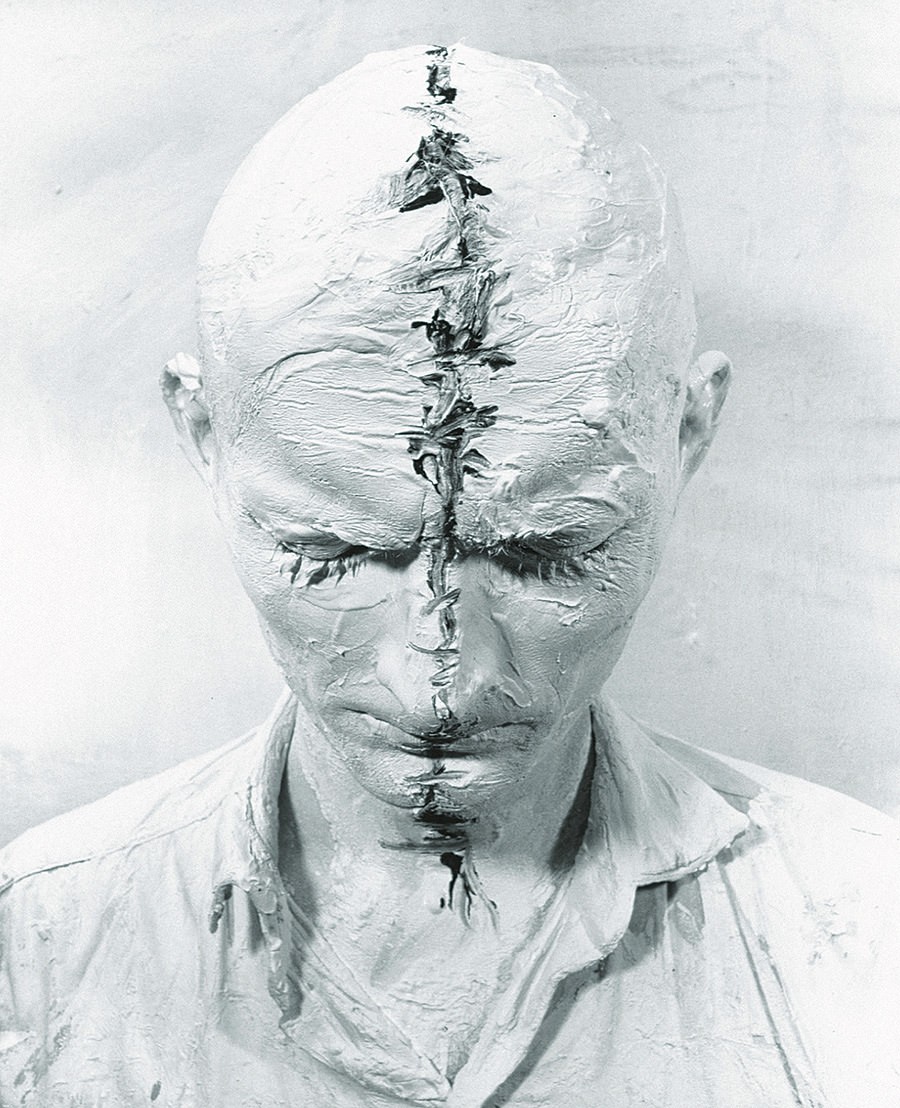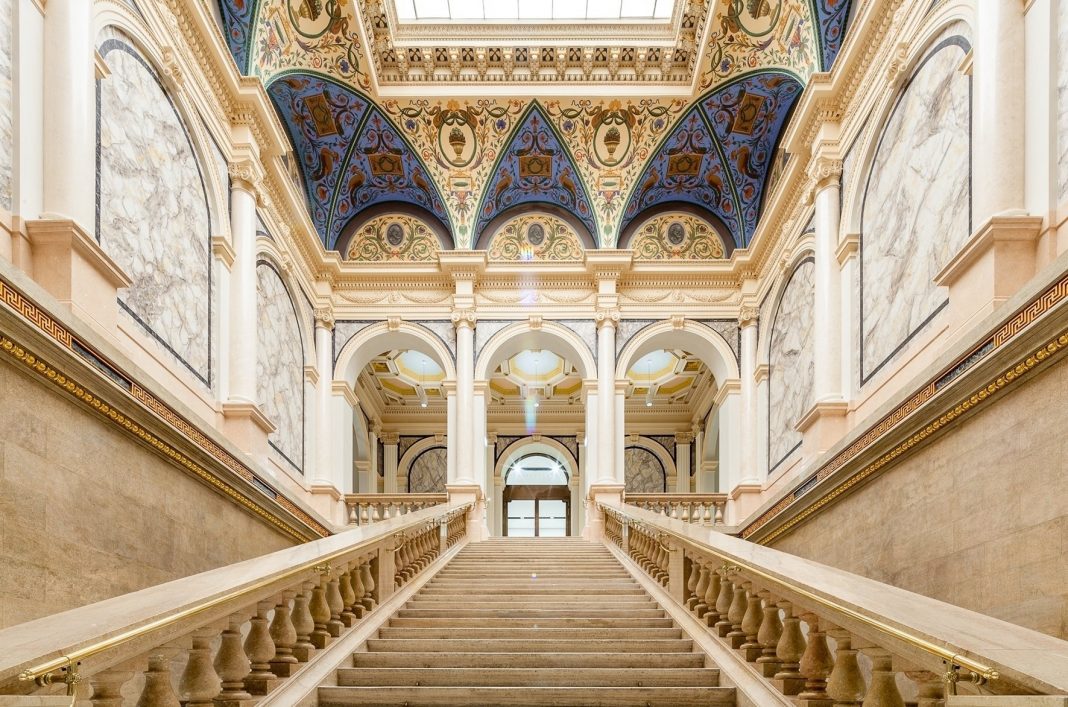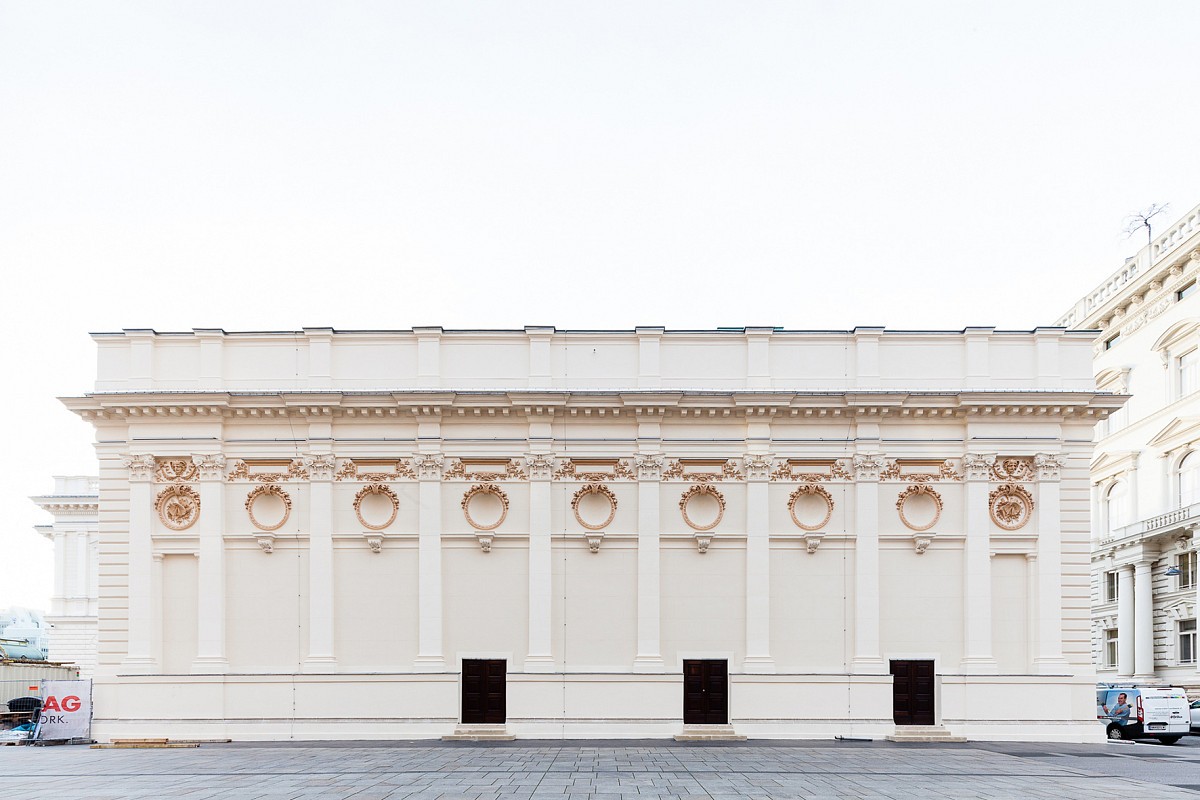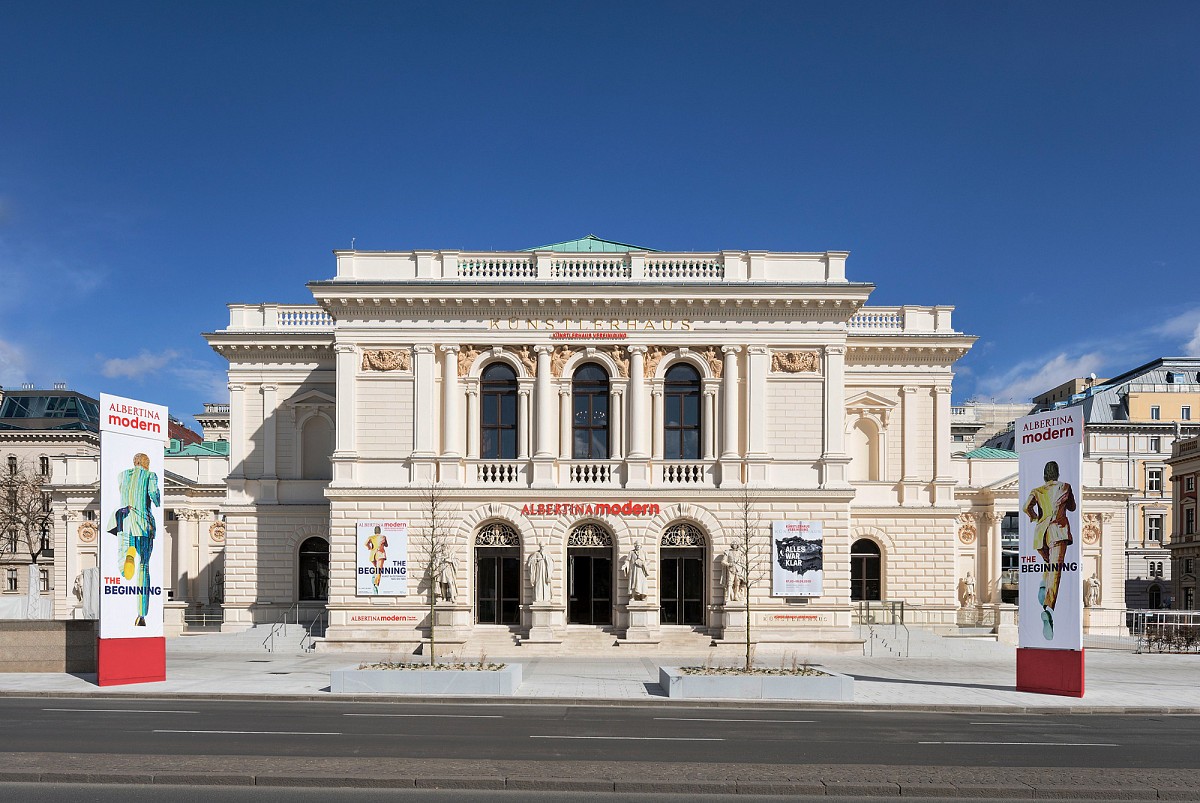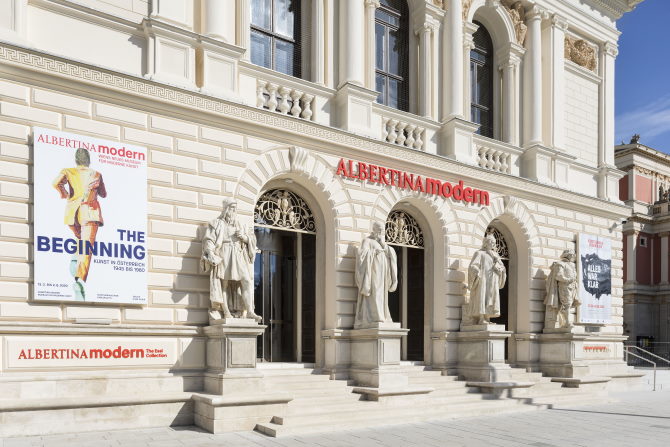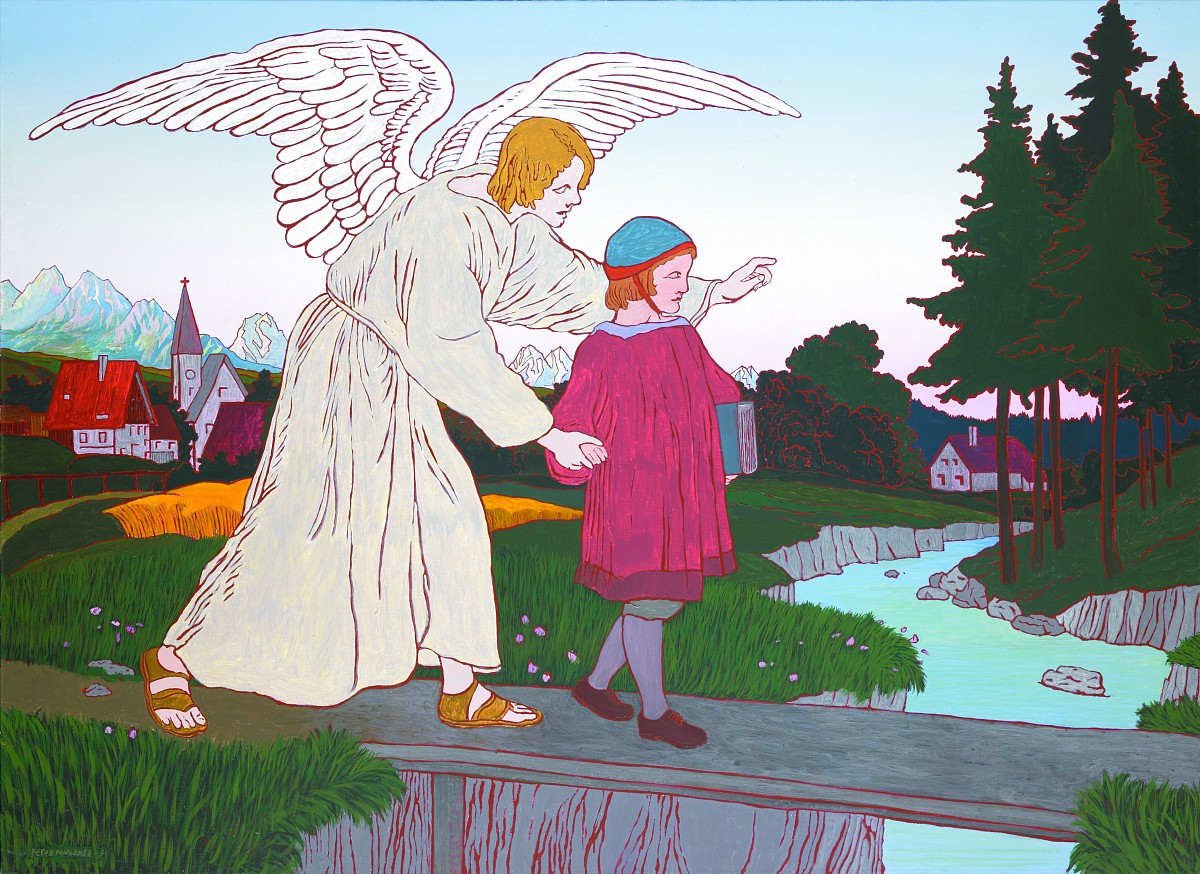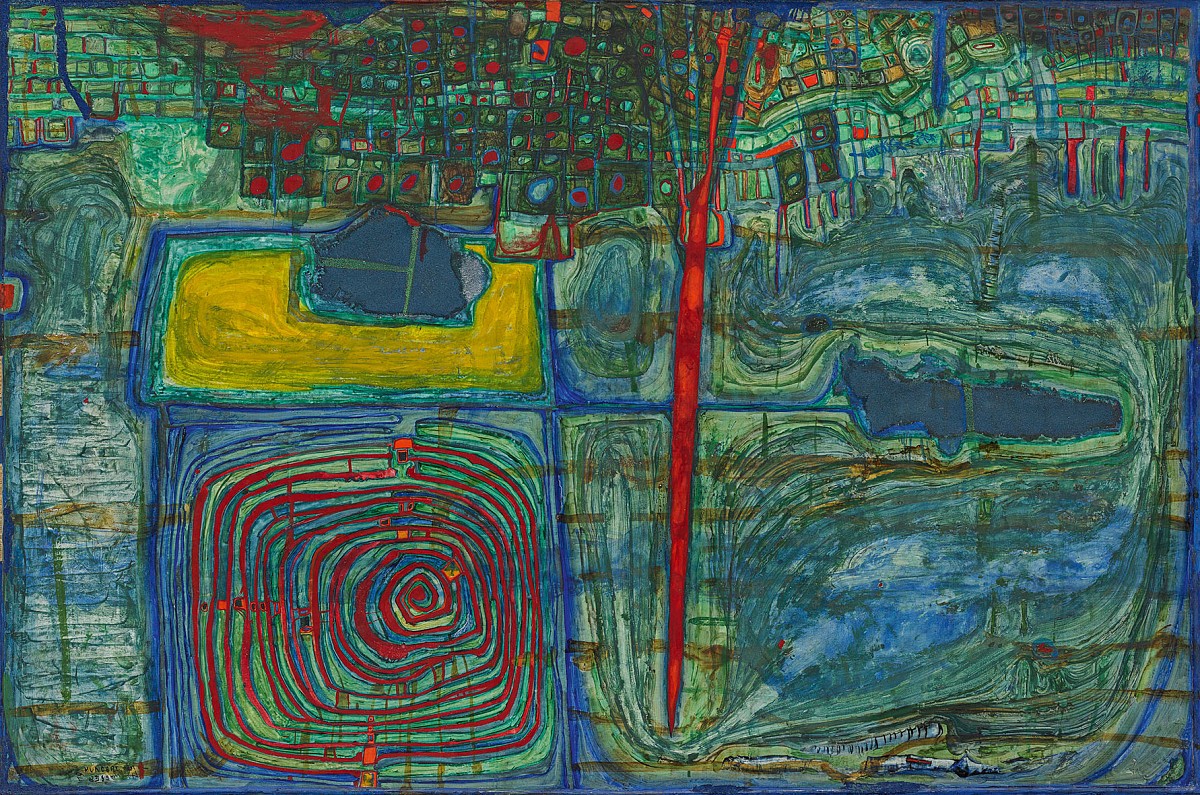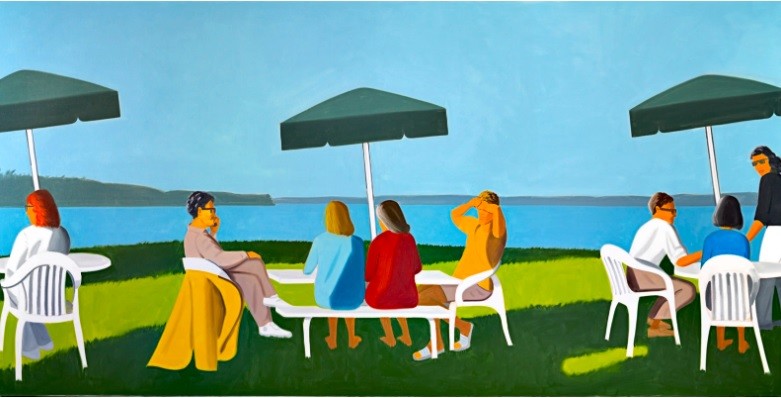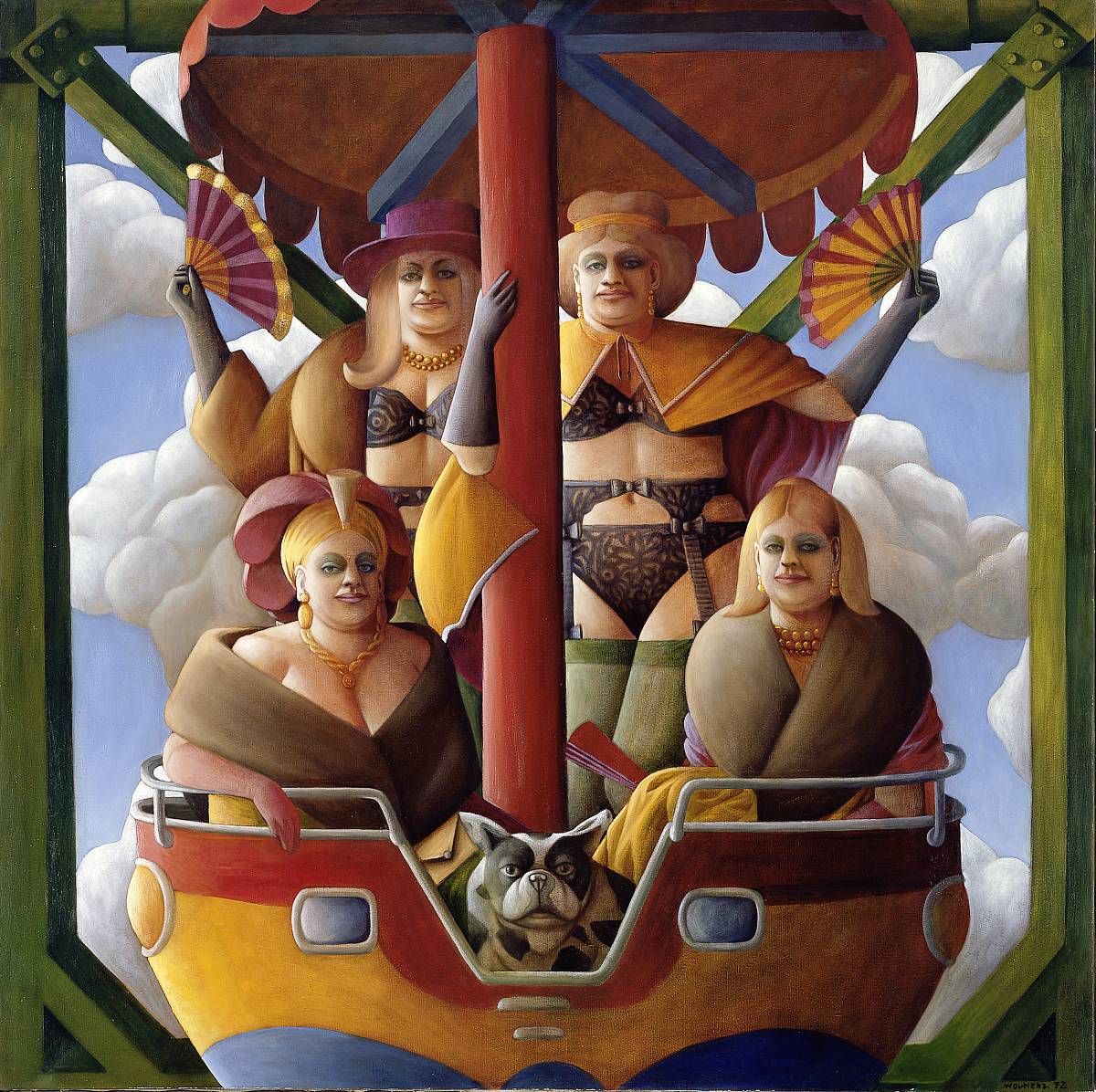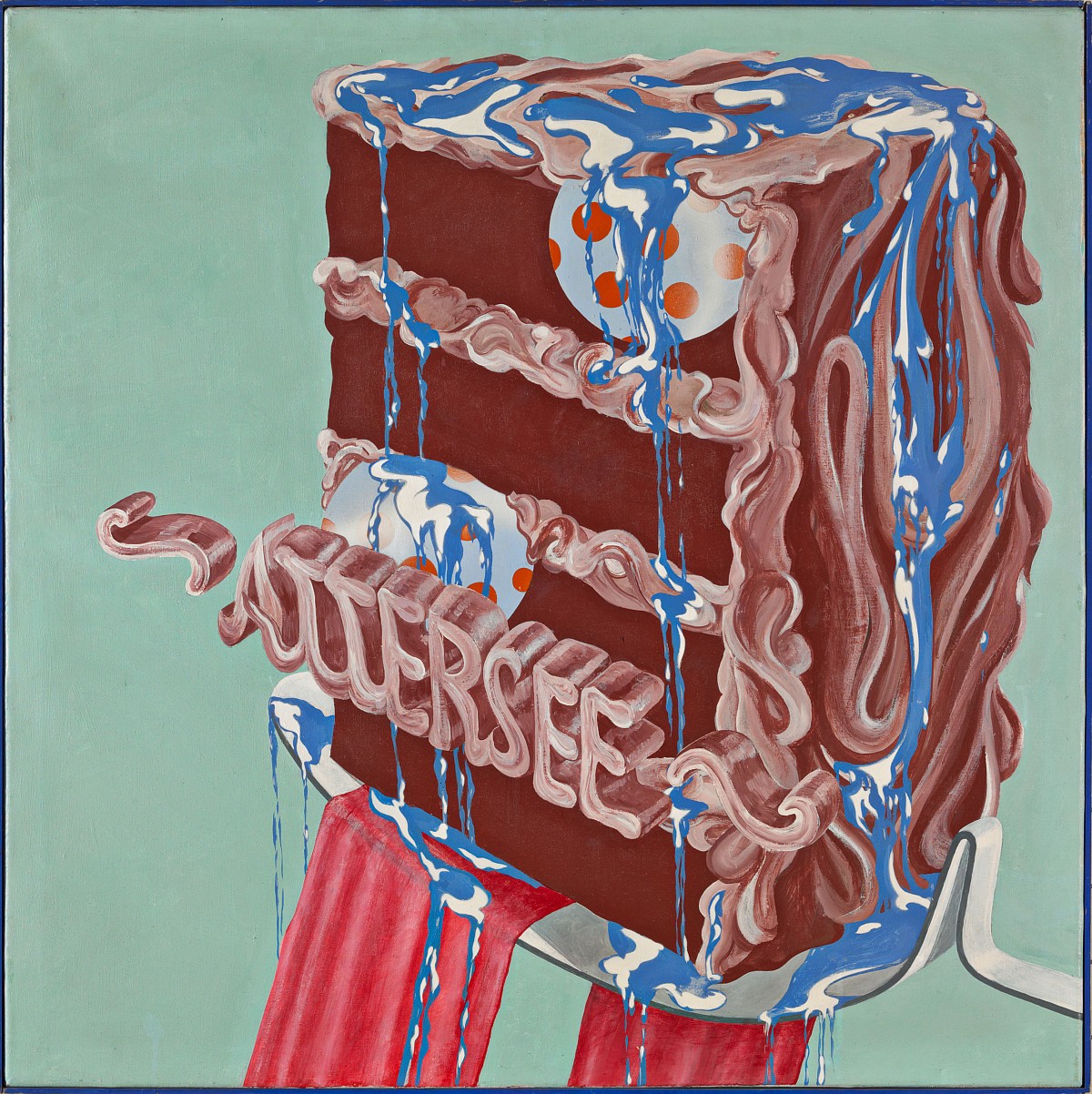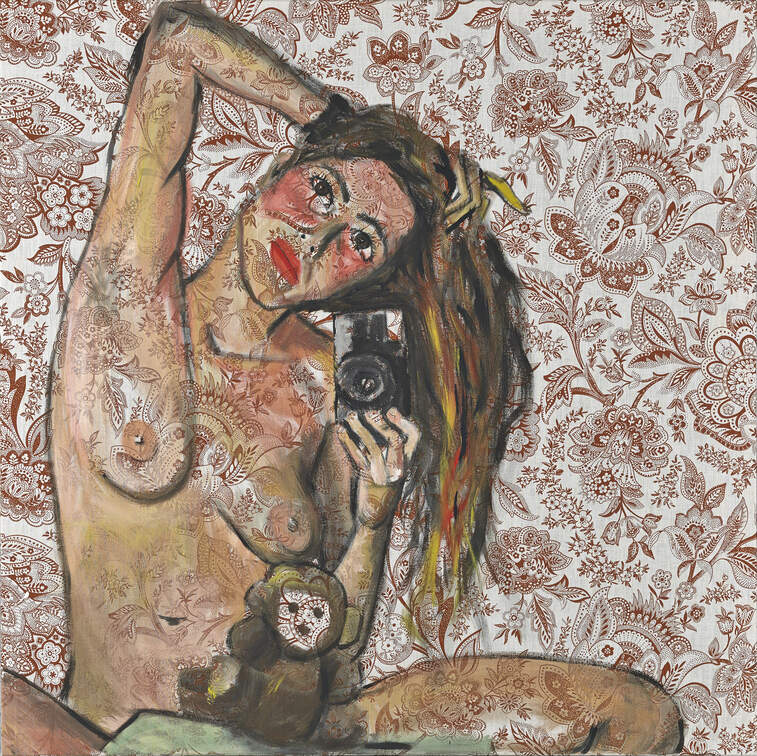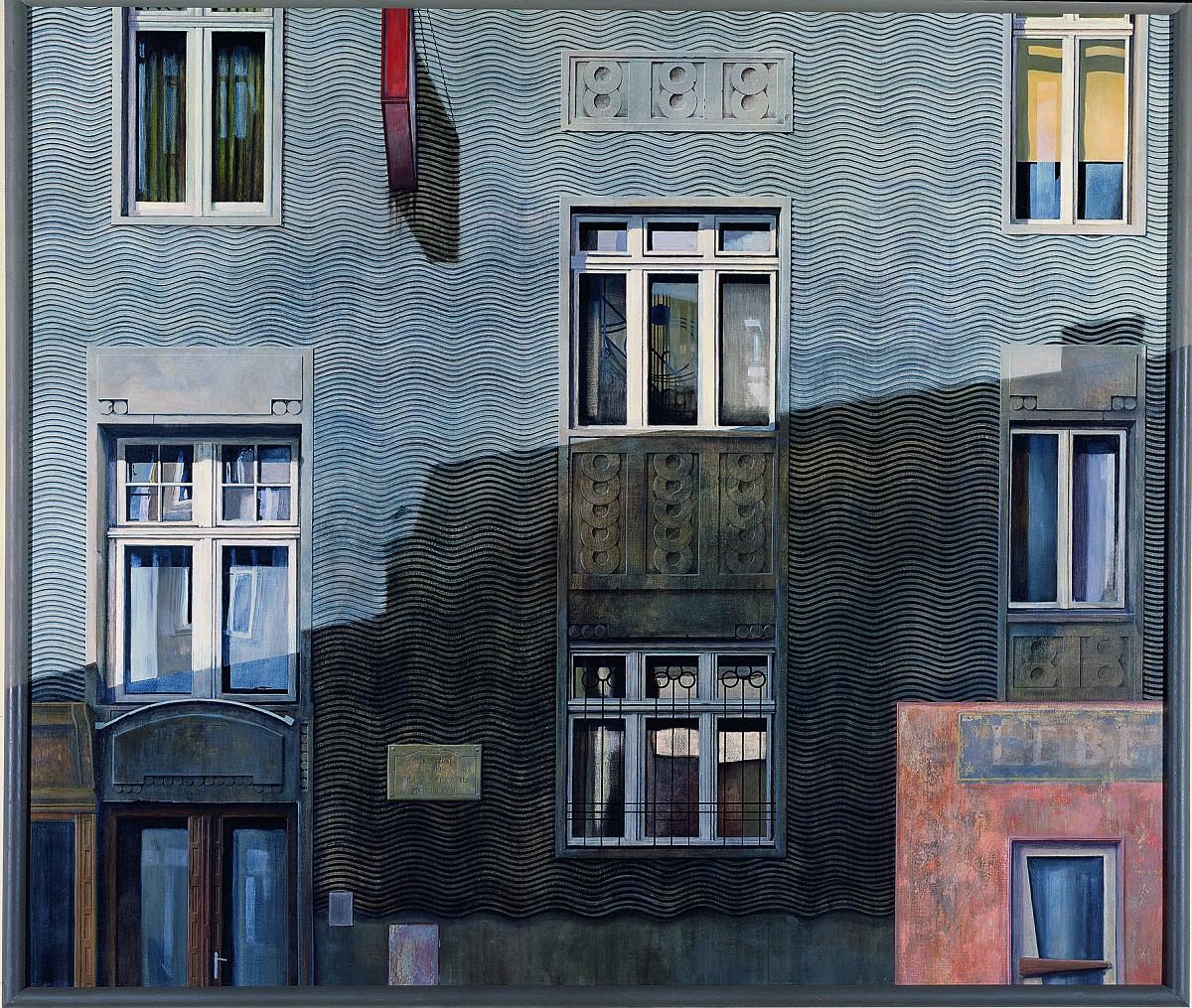The Künstlerhaus on Vienna’s Karlsplatz became home to the new Viennese Museum of Modern Art. In 2016, Haselsteiner took over the majority of its shares. He promised to renovate this magnificent exhibition complex, which had fallen into oblivion, and to modernize it to meet the requirements of the Albertina Museum.
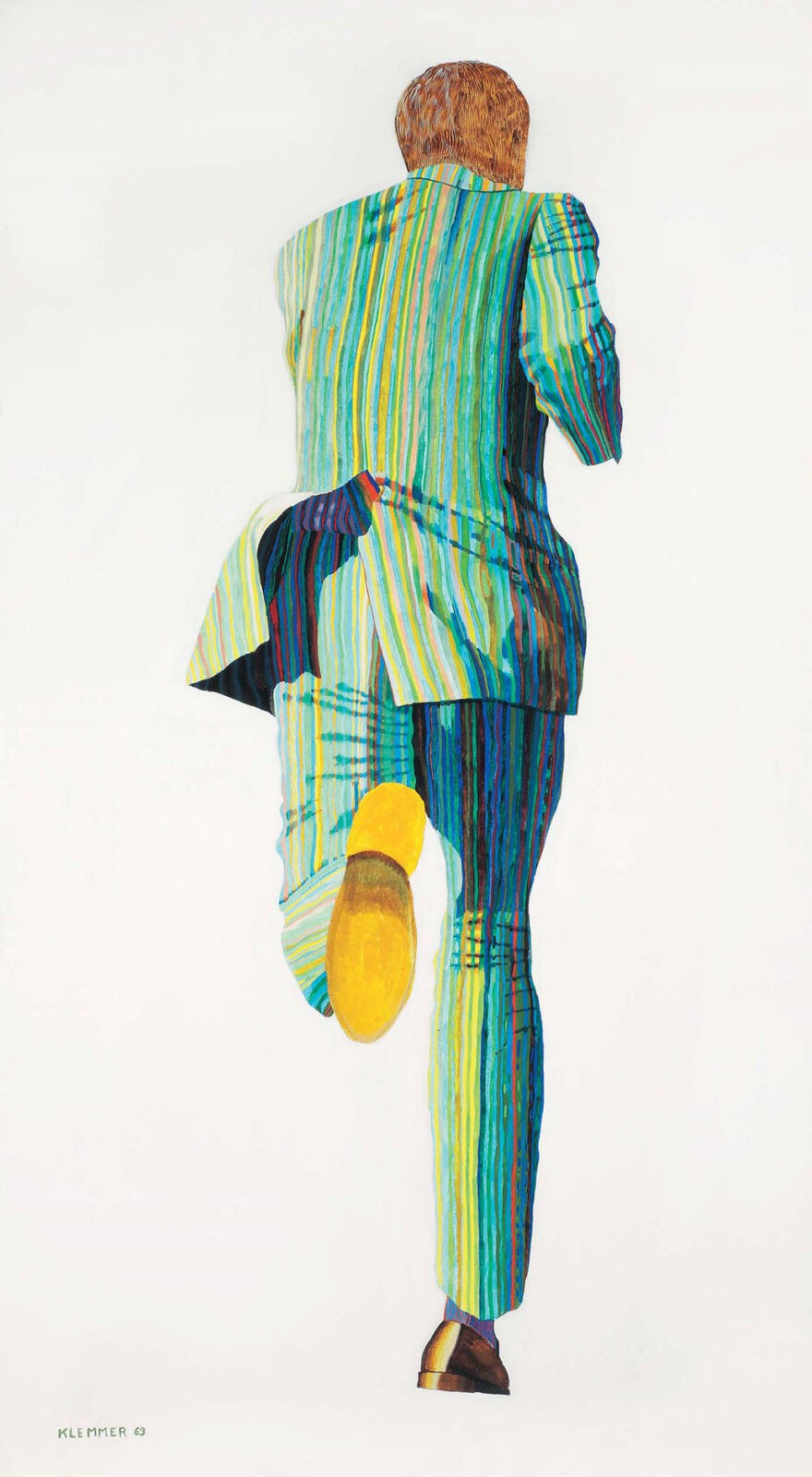
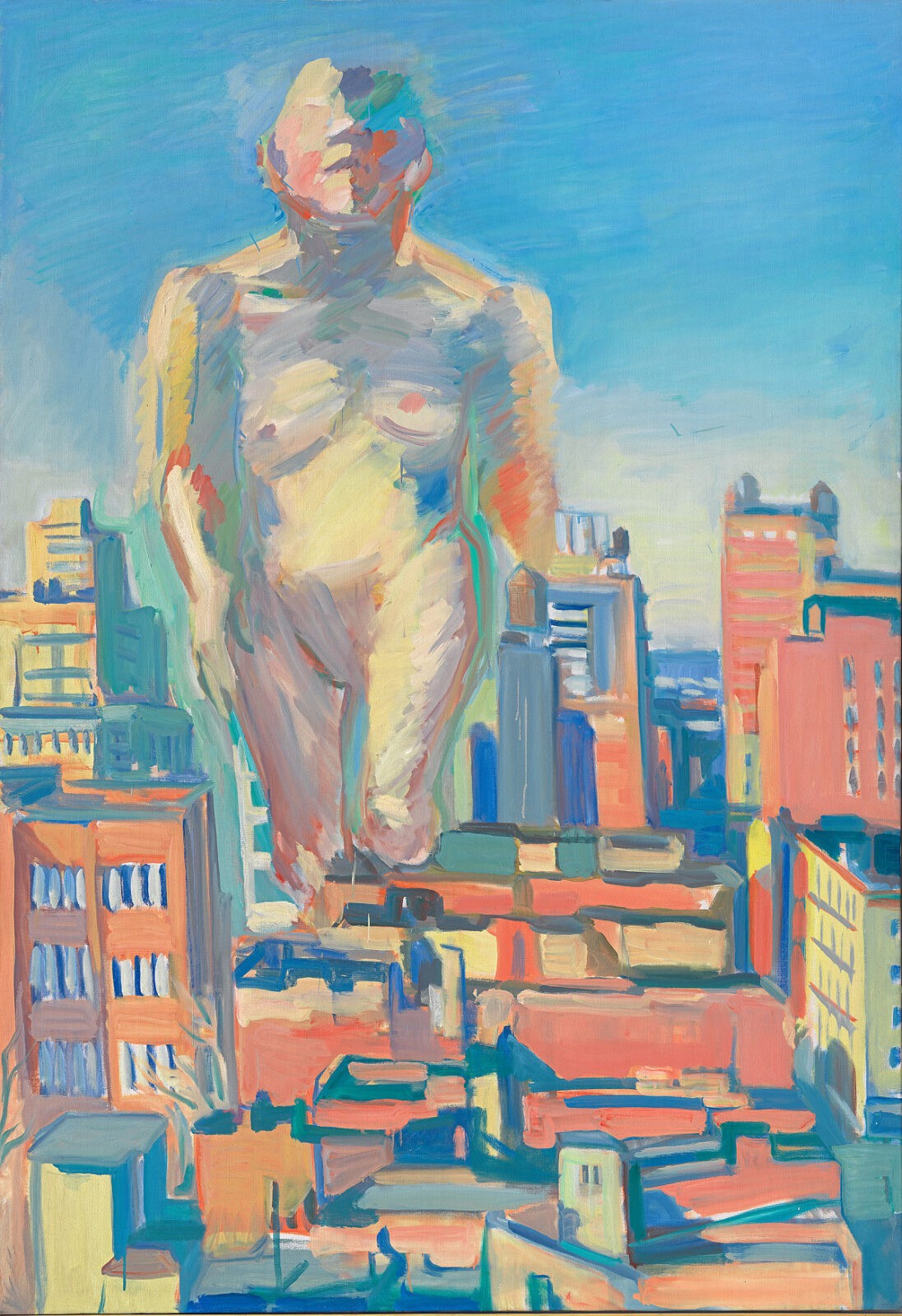
The Albertina Modern Museum occupies an area of over 2500 m² in a renovated architectural monument. Another 900 m² is dedicated to the organization that succeeded the first occupant of the building, the House of Artists. Künstlerhaus was originally given to Viennese artists by Emperor Franz Joseph in 1865. The building in neo-Renaissance style, designed by Augustus Weber, was an example of the architecture of the prestigious Vienna Ringstraße, together with the Imperial Hotel and the Vienna Philharmonic. It was in Künstlerhaus that a split occurred in the society of artists, after which Gustav Klimt and his associates formed the Vienna Secession.
During the 20th century, Künstlerhaus repeatedly planned to reconstruct or even demolish. In the 1980s and 1990s, the architectural masterpiece experienced a “golden era” when its premises were made available for the Wiener Festwochen music and theatre festival and later for a number of major exhibitions. Over the past 20 years, however, the building has most often been hidden behind scaffolding.
Over the past three years, this 150-year-old prestigious building has been restored to its original form both inside and outside – including original wall paintings, jewelry from that era, and authentic terrazzo floors. At the same time, Künstlerhaus has adapted to Albertina’s requirements in terms of security, lighting, and climate control. The top floor, which is occupied by the Society of Austrian Artists, has been designed as a gallery, a venue for performances and multimedia productions.
The Albertina Modern collection focuses on Austrian masters. International art is represented by works by Georg Baselitz, Anselm Kiefer, Andy Warhol, Alex Katz, Cindy Sherman, Marcus Lüperz, and other artists. “The museum intends to create an entirely new status for Austrian art history after 1945,” said Klaus Albrecht Schroeder, General Manager of the Albertina and Albertina Modern Museum.
